Have you ever thought monastery hopping could be wretchedly tiring? After the first three, the head begins to buzz, the eyes glaze over and all of them begin to look similar. And you know you want to see a few more. After all, Ladakh is known to have the highest concentration of Buddhist monasteries (gompas) outside Tibet.
And so I devise a small game to keep myself entertained. If I had to choose a monastery to live in, which would I pick? Will it be my personal favorite Thiksey, cascading down the hillside like a waterfall in hard stone? Or large and venerable Hemis, with its beautiful museum with the cold floors and friendly watchman? Lamayuru perhaps, sitting unruffled amidst breathtaking scenery referred to by guidebooks as moonscape? Why not Alchi then, set in the Indus valley and home to stunning frescos a thousand years old? Or even the unlikely contender Spituk, keeping a benevolent eye over Leh’s tiny airport?
Ladakh, which follows the Tibetan Mahayana school of Buddhism, is considered the last stronghold of Himalayan Buddhism. Spiritual life here revolves around the monasteries, which are places of worship and meditation (for both practicing monks and outsiders), as well as for religious instruction. They were used in earlier times by travelers as guesthouses although now only the serious spiritual seekers attempt to stay in monasteries. Most gompas are majestically perched on top of hills or on steep cliffs, making it difficult to access them and in the past, attack them.

The inner walls of gompas are usually covered with beautiful murals and paintings depicting the Buddha, Bodhisattvas (incarnations and manifestations of the Buddha) and other elements from Buddhist iconography. At every gompa we visit, we meet helpful monks willing to open locked doors to show us around; some are shy, some cheerful but all are friendly.
Ladakh itself has been like that – somewhat bashful, startled to find itself the focus of attention of so many tourists but waving a friendly and cheerful Juley! to everyone. Even as mobile phones and weekend tour groups are threatening to take away a familiar way of life, Ladakh is fighting bravely to hold on to its cultural heritage.

Of miniatures and moonscapes
Alchi is our first stop, a sleepy hamlet of just over a thousand people and now a hot favourite of the backpacker crowd. Alchi, unlike others is not set on a hill but sits in a valley, quiet and self-effacing. The drab exteriors of this temple complex do not reveal in any way the treasures hidden inside.
Apart from an array of clay statues of the Buddha, the highlight of the Alchi gompa is the 1000 year-old wall paintings. These paintings are of a distinct Indian (Kashmiri) style, different from other monasteries in Ladakh and without much typical Tibetan iconography. It is believed that the Alchi complex was abandoned in between and remained unknown until it was unearthed a few decades ago – maybe its anonymity has helped preserve the art inside. Great care is taken today to ensure that visitors do no desecrate the wall paintings in any way. I shine my torchlight (highly recommended, given the unlit interiors) over the hundreds of miniature paintings all along the walls, willing my eyes to get accustomed to the darkness faster.
From Alchi, we make our way to Lamayuru in the Western Kargil district. Lamayuru is a personal must-see in Ladakh; in a piece for the New York Times, famed travel writer Pico Iyer says of it that a gasp escaped his (jaded) lips when he first set eyes on Lamayuru. And so we drive up, up, up the winding mountain road. Each time I want to stop for photographs, our driver urges us on, “Further ahead is more beautiful, it is called moonscape.” Moonscape – the word rolls off his tongue easily, having, I guessed, rolled off a thousand tourist tongues earlier. Lamayuru is believed to be Ladakh’s first monastery and still one of the largest, housing over 150 permanent monks.
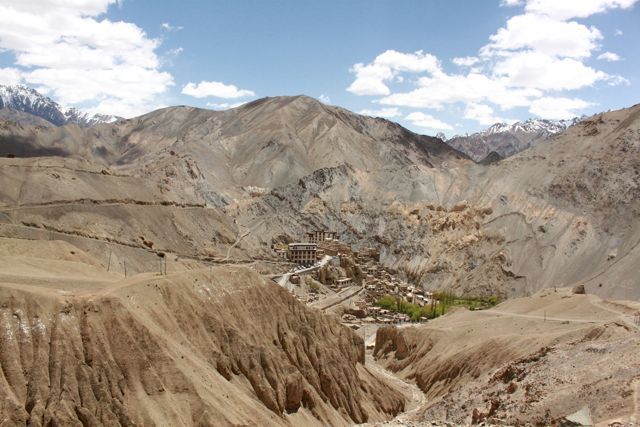
Of war goddesses and ephemeral mandalas
After the majestic setting of Lamayuru, Spituk seems to come easy. Very close to Leh, this gompa is home to the patron saint of all those intrepid travelers who fly in, over the magnificent Himalayas, landing on the gut-wrenchingly narrow strip that serves as the runway. And so Spituk sits, placidly overlooking the quiet of the Indus valley spread out beneath and the bustle of the airport. Apart from the traditional frescos and thangka paintings, this 15th century gompa also houses the temple of the Tibetan war goddess Palden Lhamo, who is now venerated by visiting Hindus (despite strict warning boards all over the temple complex) as the goddess Kali.
Further along the road, Phyong is quiet at that time of the morning, only four maroon robed monks at work on a mandala. Their heads bent over the low stool, they seem absorbed in their work, till one of them looks up and smiles as our shadows fall on the colorful mandala in progress. According to Buddhist iconography, a mandala is a symbolic representation of the universe and making one is part of the training for monks. Made from coloured sand, a mandala requires intense concentration, a trait that is believed to help a monk during meditation. A mandala, I remember reading, is swept away after prayers are offered to signify the impermanence of life; a pity, it seems to me, looking at the intricate patterns and vivid colours.
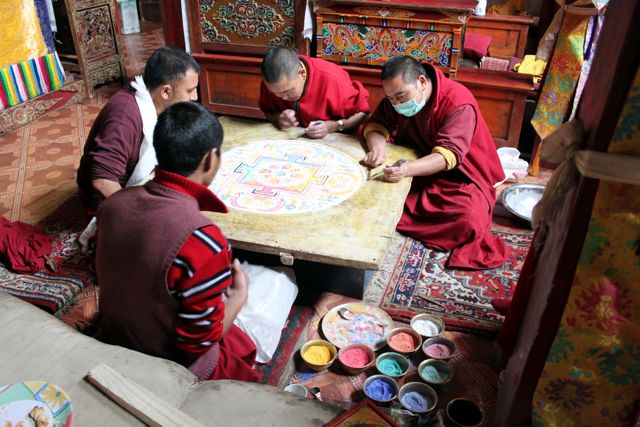

Of monklings and the Maitreya
Hemis, in contrast to the other far-flung gompas, is overrun by tourists when we arrive. Its proximity to Leh – just over 50 kilometers away – makes Hemis, Ladakh’s largest monastery a popular destination. Built as early as in the 11th century, it was reestablished in the late 17th century during the rule of Singge Namgyal who patronized the Drukpa (Red Hat) sect. After a quick tour of Hemis, we head to the underground museum with its impressive collection of thangka paintings, statues and artifacts. From a distance, the sounds of the loud chatter of young monks, interspersed with laughter floats in, suddenly bringing alive the setting to us. Hemis is also the site of the annual summer festival held to mark the occasion of Guru PadmaSambhava’s birth anniversary.
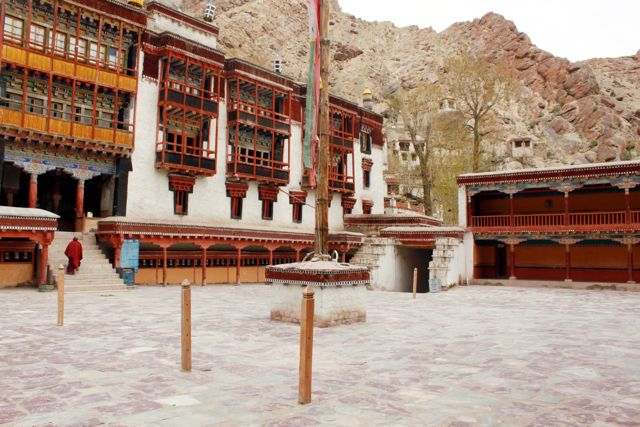
And then finally the 15th century Thiksey, picturesque and imposing amidst the green-brown barley fields – reminiscent it is said, of the Potala palace in Lhasa, Tibet. We are there early enough to witness the morning prayers. A group of senior monks in maroon and gold robes are already immersed in their chants when we enter the main hall. A little while later, the young monks in training file in, silent and serious, to take their places.
Soon, I catch a few of them fidgeting, restless as only the very young can be. And when it is time for the teacups of the older monks to be filled, there is a mock fight to carry the kettles. Little monks started scurrying about with large kettles and containers with yak butter, like large red bees in a hive. The older monks dip their forefingers into the butter container, helping themselves generously to the salty butter. They stir it into their tea, licking the sticky remnants off their fingers without any reticence as they carry on with their prayers. The monkling (what else can I call him?) serves us with a shy toothy smile before scampering away purposefully.
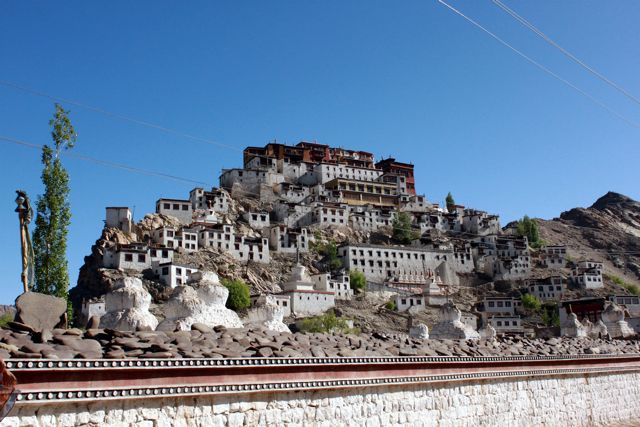
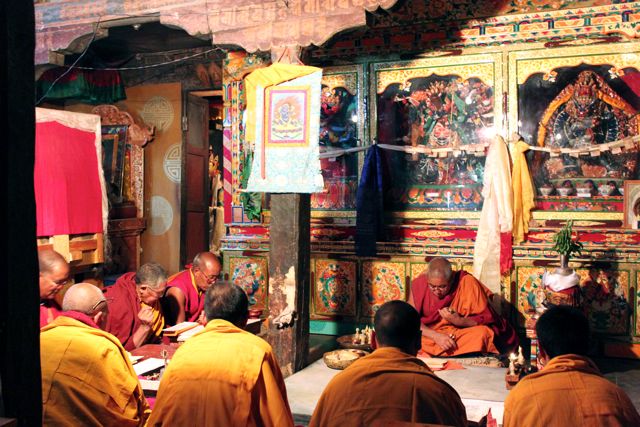
And the highlight of Thiksey, an impressive statue of Maitreya, the future Buddha with his elaborate crown and the enigmatic, calm smile on his face, is what makes it my personal favourite.

***
Published in Sunday Mid-Day on May 19, 2013…
Also read my other story on Buddhism in Ladakh
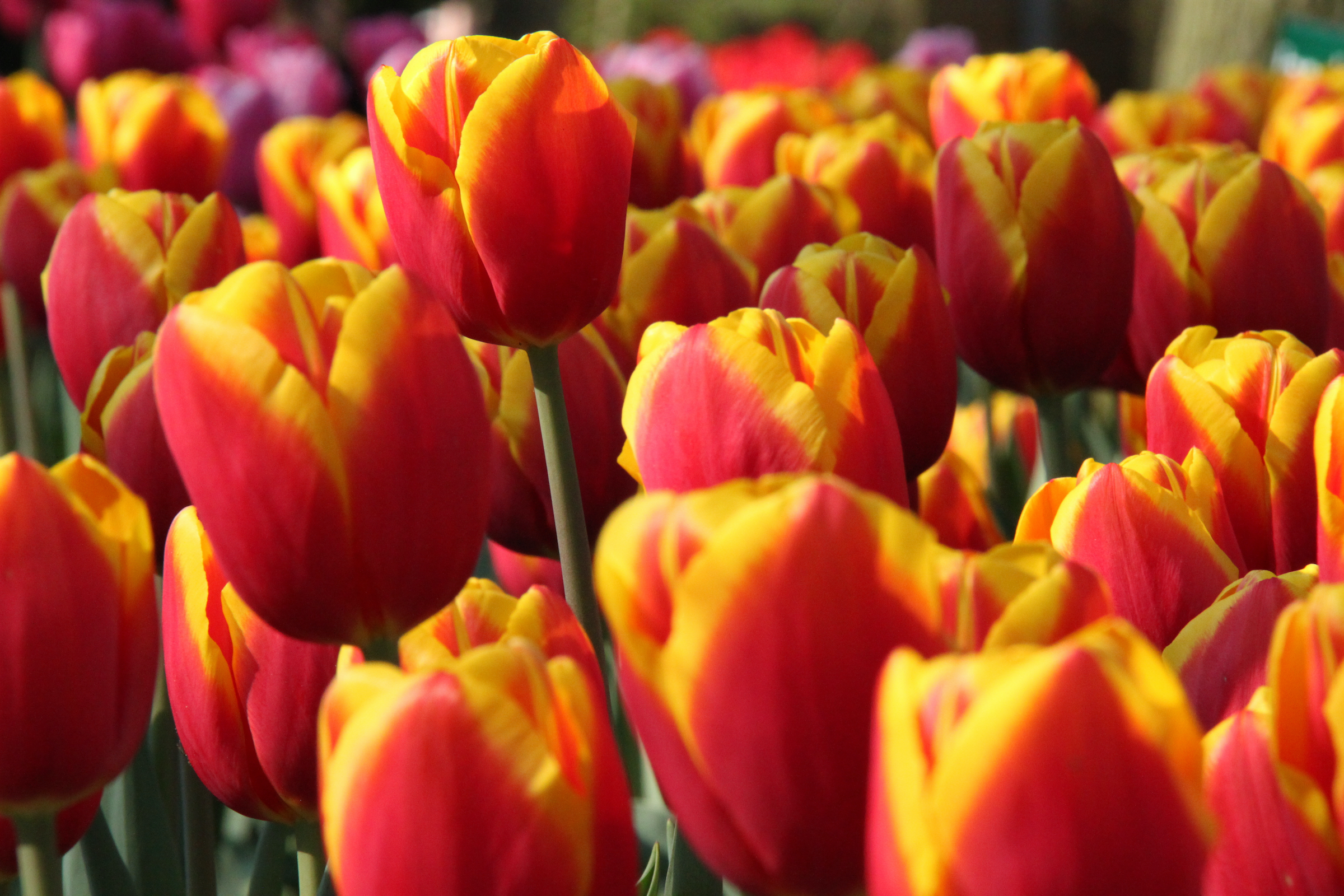
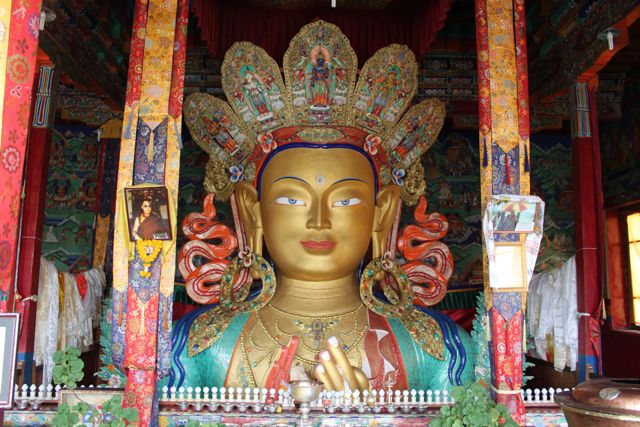
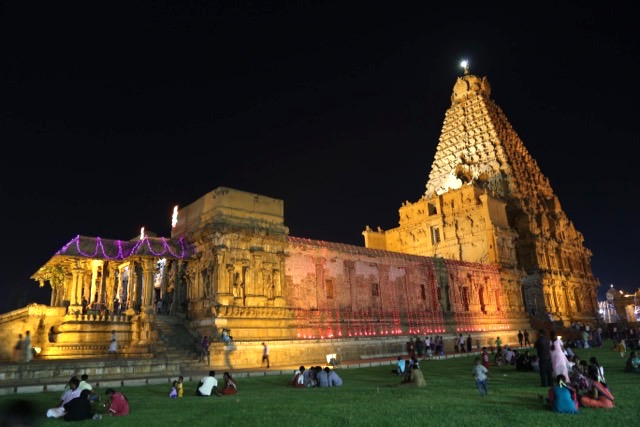
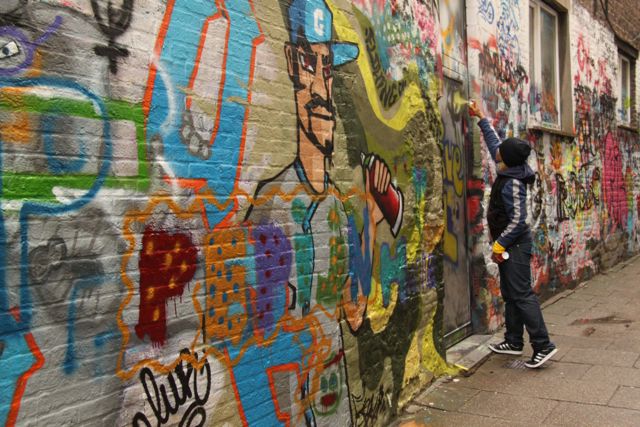
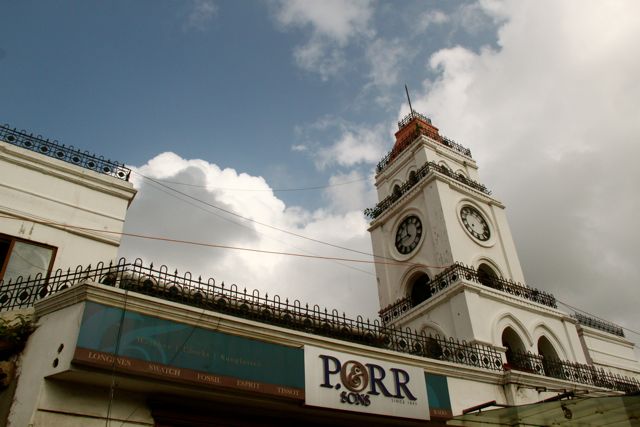
Lovely article and pics! The monasteries sound so enigmatic and charming!
I remember reading about these monasteries and seeing pics of them in Ajay Jain’s book Postcards From Ladakh. Lovely read. Have you read it?
lovely article! and what a great idea that is, of choosing one to stay in!!! will remember that next time i am somewhere and samhith is bored and telling me they all look the same!!